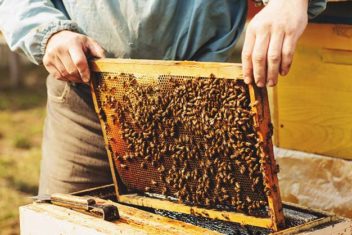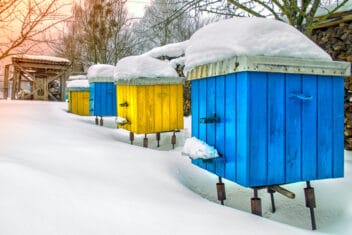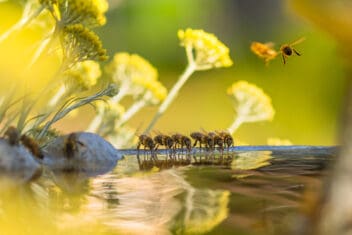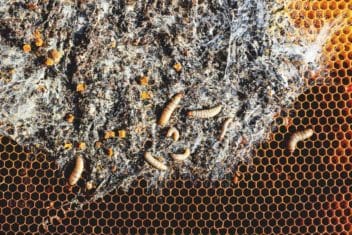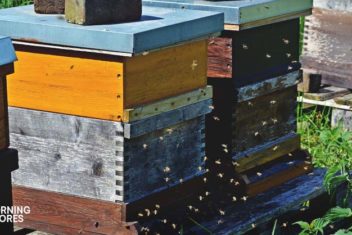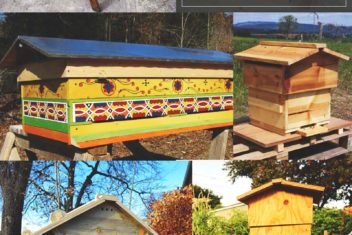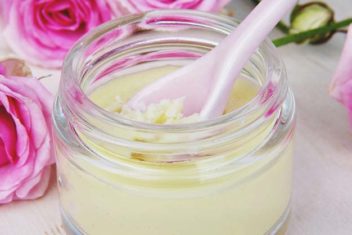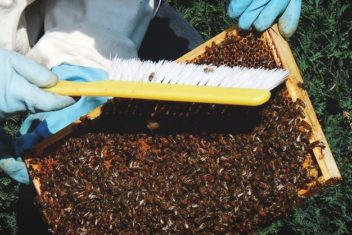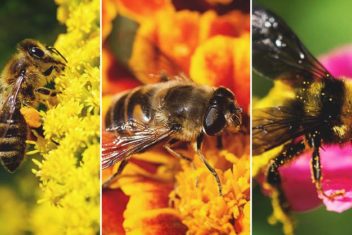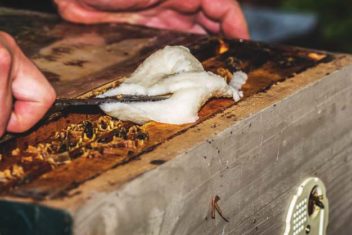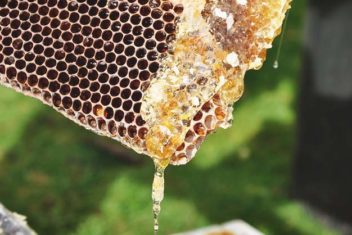There’s a lot of talk about the decline in the honeybee population, and the adverse effects it places on the environment. However, the majority of the world’s best pollinators are actually solitary bees and not honeybees.
While it’s essential to promote the honeybee population, with beekeeping practices, if you simply need pollinators on your homestead, solitary bees are an excellent alternative. You can attract these super-pollinators by building an easy-peasy DIY bee house.

Types of Solitary Bee Species
Before “breaking ground” on a DIY bee house, it is essential to know who it is you would like to inhabit your bee homes and bee hotels. Not to mention their behavior patterns.
Most solitary bees are quite docile unless disturbed, and many cannot even sting. So, if all you need is some extra bees, or you want to help promote the pollination patterns in your areas, solitary bees are the way to go.
Solitary bees, despite the name, doesn’t necessarily mean they are lone rangers of the wildflower field. These hiveless bees often occupy the same living spaces.
The difference between solitary bees and social bees is the brooding process. The honeybee and bumblebees rely on a large colony to work together as a single organism to survive. Solitary bees do just fine on their own or in small numbers.
Ready to dig into the world of solitary bees? Here’s a quick list of some of the most common, and enjoyable, species:
1. Carpenter Bees
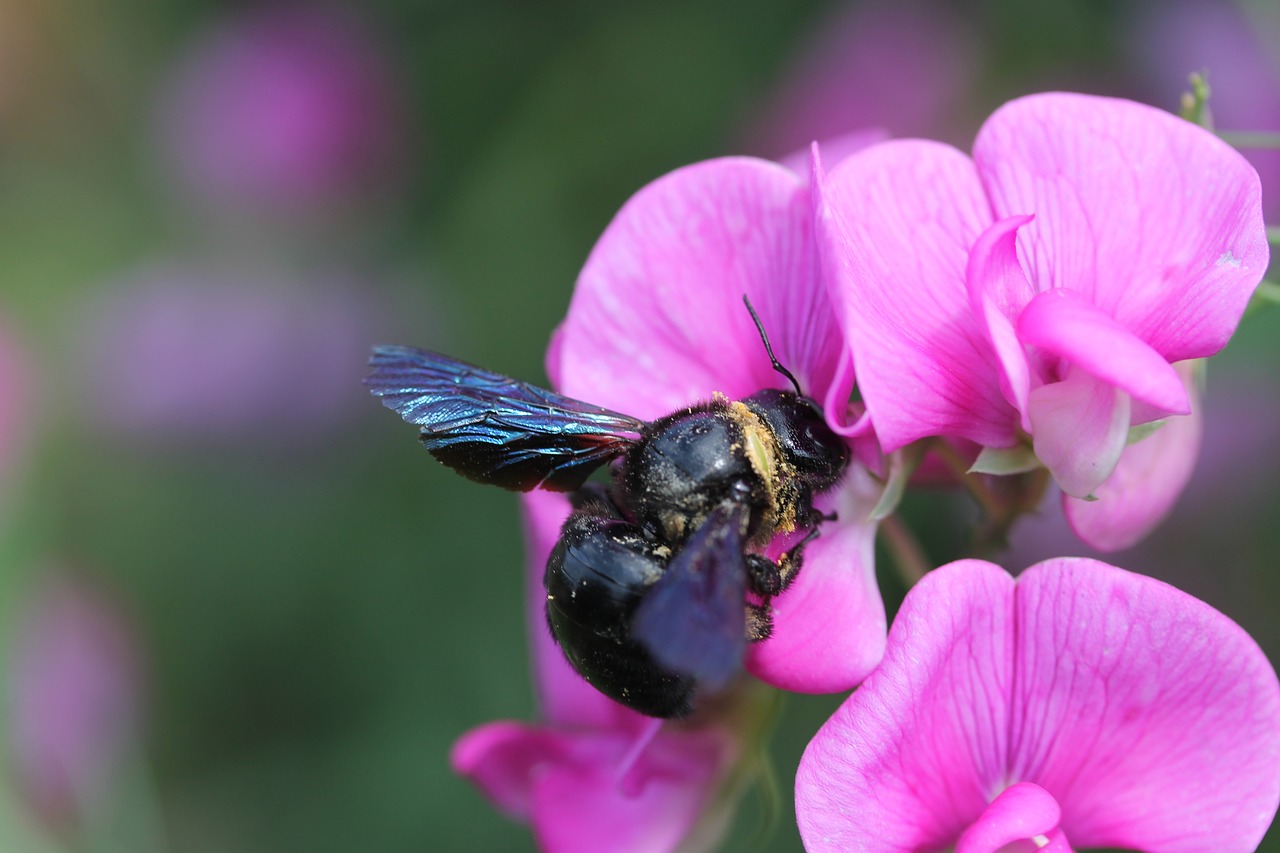
Carpenter bees are your typical busy bee. They love to live in old tree trunks and dead branches. These busy bees use their jaws to nibble their way into the wood, building tunnels as they go.
In their little tunnel system, Carpenter bees store food and lay their eggs, and spend their winters hiding out–but that’s about it.
The Carpenter bee has a bit of a bad rap–not unlike most species of bees. Many assume they are harmful to live trees due to the tunnels they build within. However, because bees create tunnels close to the surface of the tree, it rarely causes any problems with the tree.
Female Carpenter bees can sting if they feel threatened, but males do not have stingers at all. Remember, most bees sting because they are either feeling threatened or protecting a colony–and Carpenter bees do not have a colony to protect.
2. Mining Bees
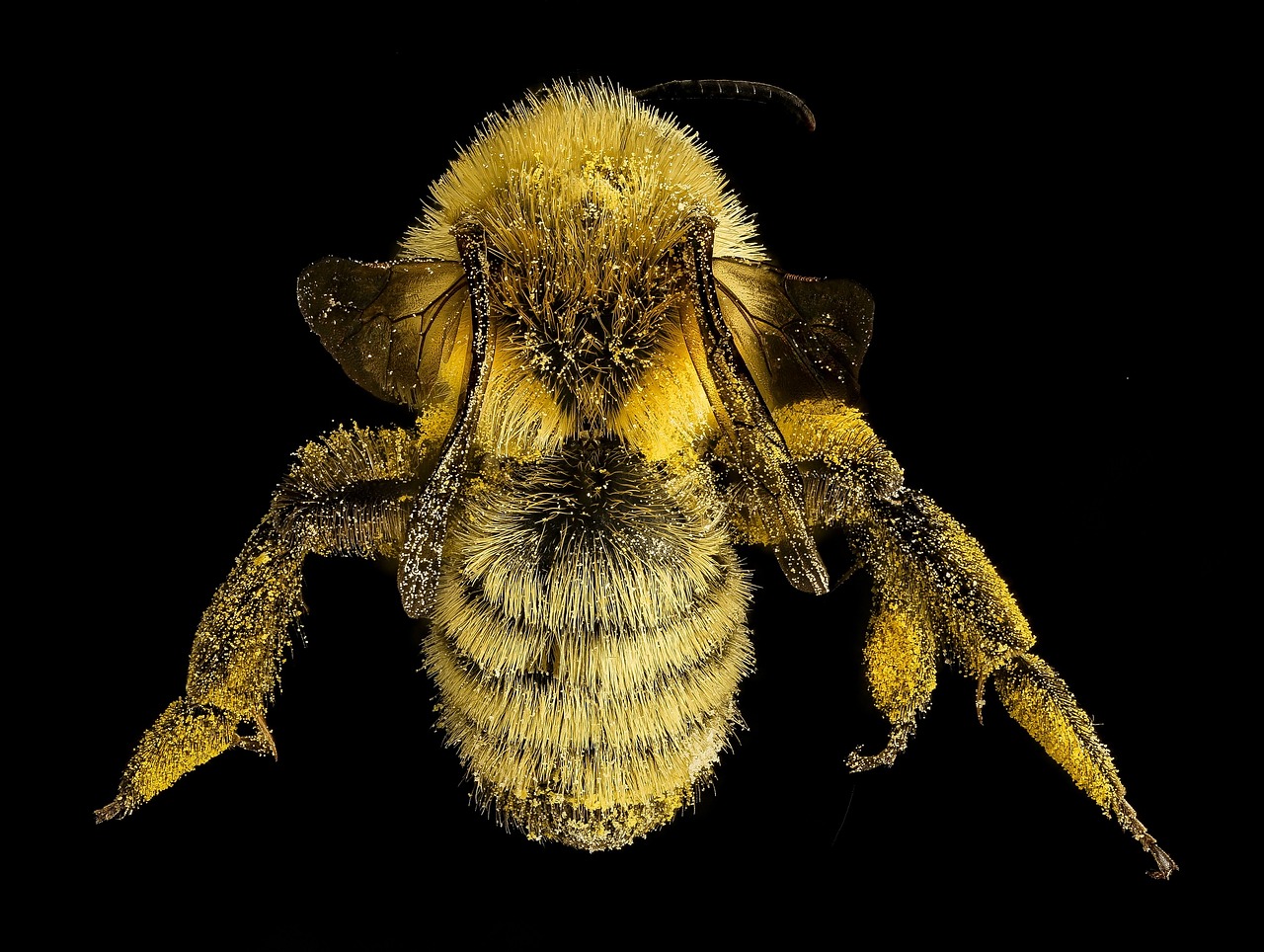
Mining bees spend their time creating extensive tunnels underground in which to lay their eggs. More than one Mining bee typically inhabits and utilizes the tunnels, but in truth, they do not work together much.
One advantage Mining bees get from living side-by-side with other Mining bees is that they appear to be a large colony, and threatening to predators.
Mining bees can sting but are also a docile bee species with very little reason to jab at anyone unless they feel threatened. The Mining bee is an excellent pollinator and should be welcomed with open arms, well maybe not bare arms.
3. Mason Bees
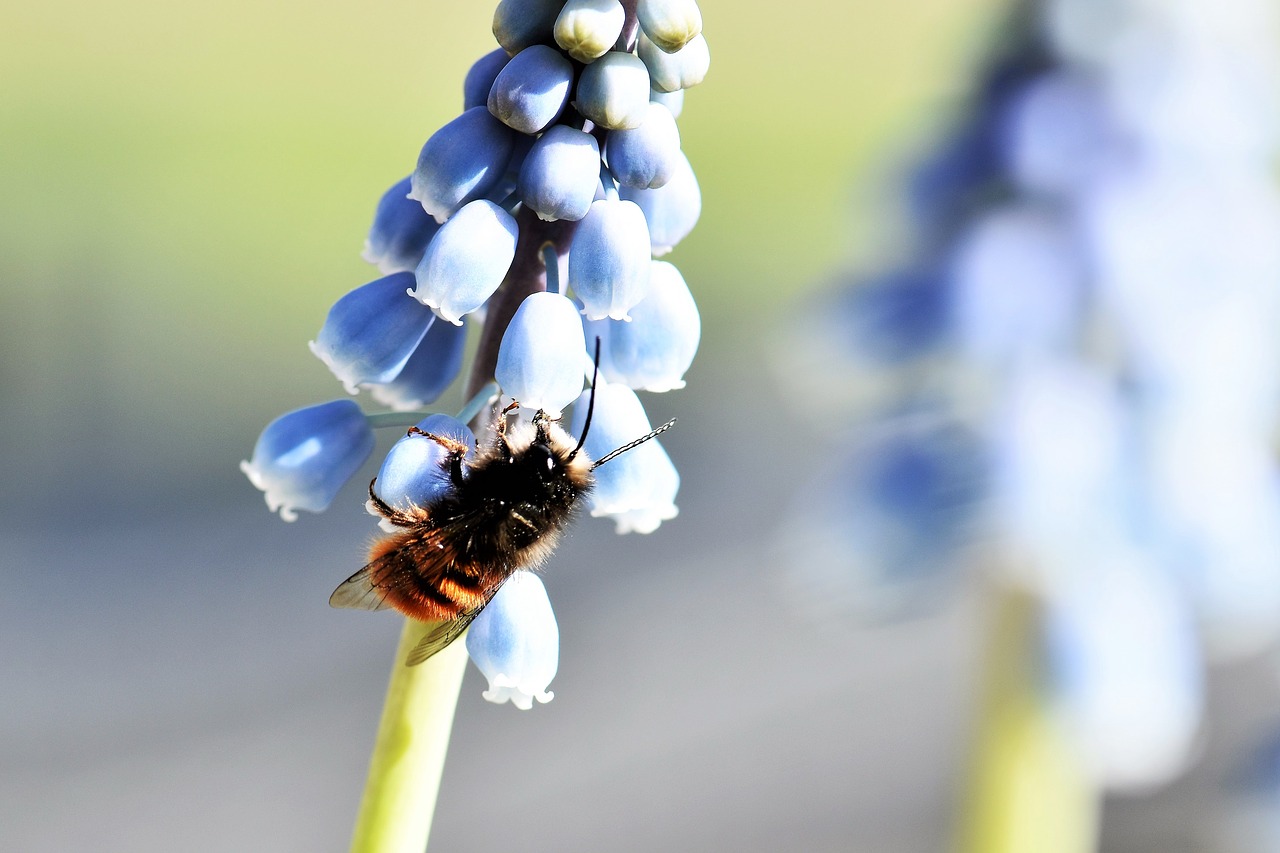
Mason bees are a favorite among orchard owners because of their ability to pollinate fruit trees. The Mason bee is often used in commercial orchard operations to promote pollination amongst the trees.
So, if you are planning on starting an orchard, this might be the perfect solitary bee to attract.
Luckily, the Mason bee likes to take up residence in abandoned nests left by other species of solitary bees, making this bee easy to attract. They are quick to move into a DIY bee home and start their interior decorating asap.
A DIY Bee House and the Bees It Attracts
Solitary bees aren’t too picky when it comes to living quarters. Aside from the ground-dwelling bees, most will take advantage of a well-made bee house–because who doesn’t love a little less work?
The following DIY bee houses are easy to make and tailored to most solitary bee species. Read on to learn how to make yours!
1. Bamboo Bee House
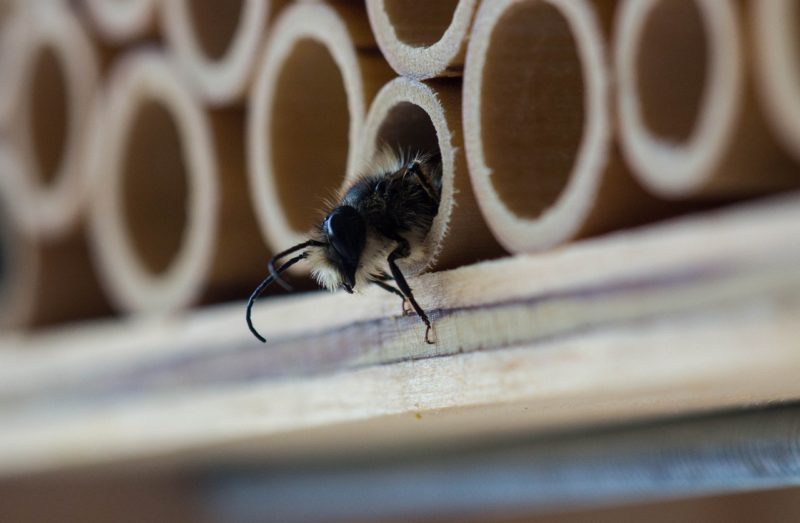
You will be surprised at how easy it is to build a bamboo bee house. All you need is a foundation, like a PVC pipe, old wooden box, or anything you can find that will comfortably accommodate a handful of bamboo canes.
Each piece of bamboo should be cut after the next joint, so one end of the tunnel is closed off. Try to keep each piece of bamboo the same size. When you have finished your bee house, hang it somewhere sunny, facing the south and a minimum of 4 ft off the ground.
Carpenter bees and Mason bees will be attracted to this kind of DIY bee house, and you may find more than one species living in it!
2. Wood Bee House
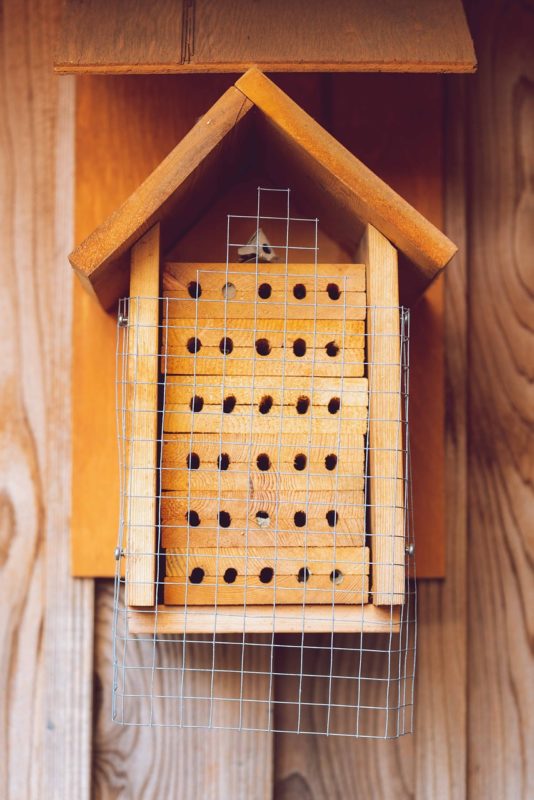
A wood bee house functions similarly as the bamboo house, but it can easily be made out of a simple woodblock, or old stumps.
Using a ½ inch drill bit, simply drill holes into the block of wood, taking care not to drill all the way through the block. Each hole should be the same size.
You can make your wooden bee house look pretty by adding trim if you’d like. Once finished, you should hang your house 4 ft off the ground in a sunny location facing the south.
Mason bees and Carpenter bees will find this type of bee house attractive.
3. Pallet Bee Hotel
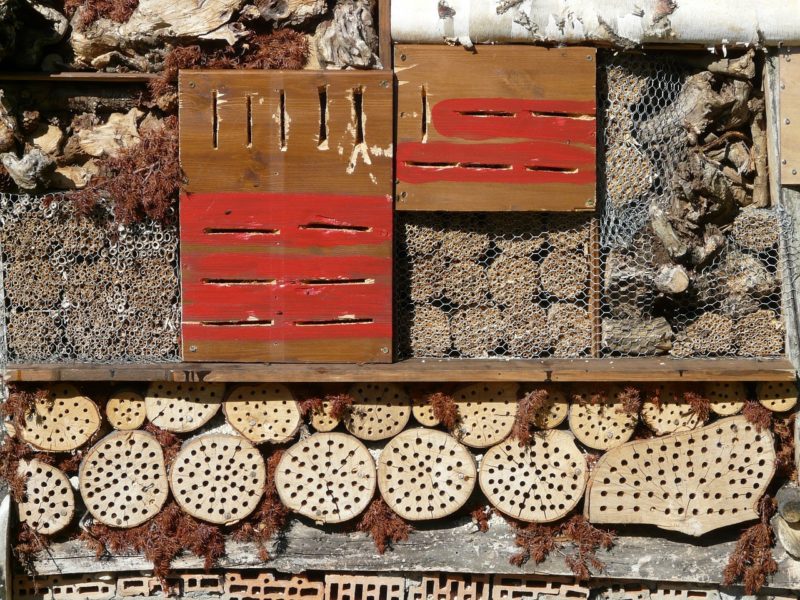
Pallets are fantastic for different species of bees because they can accommodate a variety of different design elements. Each layer can include something different, like a wood box house, cinder blocks, straw, old wooden logs with holes drilled into them, or even clay bee houses.
These are fun to create because you never know what will show up to live in your hotel.
4. Sod Bee House
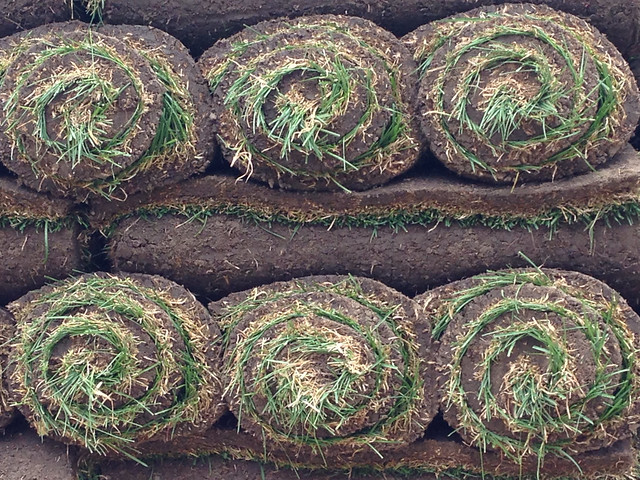
If you are waiting to learn about the best hotel for Mining bees, here’s your DIY bee house plan.
Take layers of sod and stack them up, with the dirt facing upward. Choose a wildflower mix to plant right on top of the sod stack. The layers of earth and wildflowers will attract Mining bees to your garden.
Solitary bees are just as important as honeybees. Their pollination efforts are beneficial to farmers, homesteaders, and anyone hoping to help the environment. So, be a good host and accommodate your native solitary bees with a DIY bee house.


